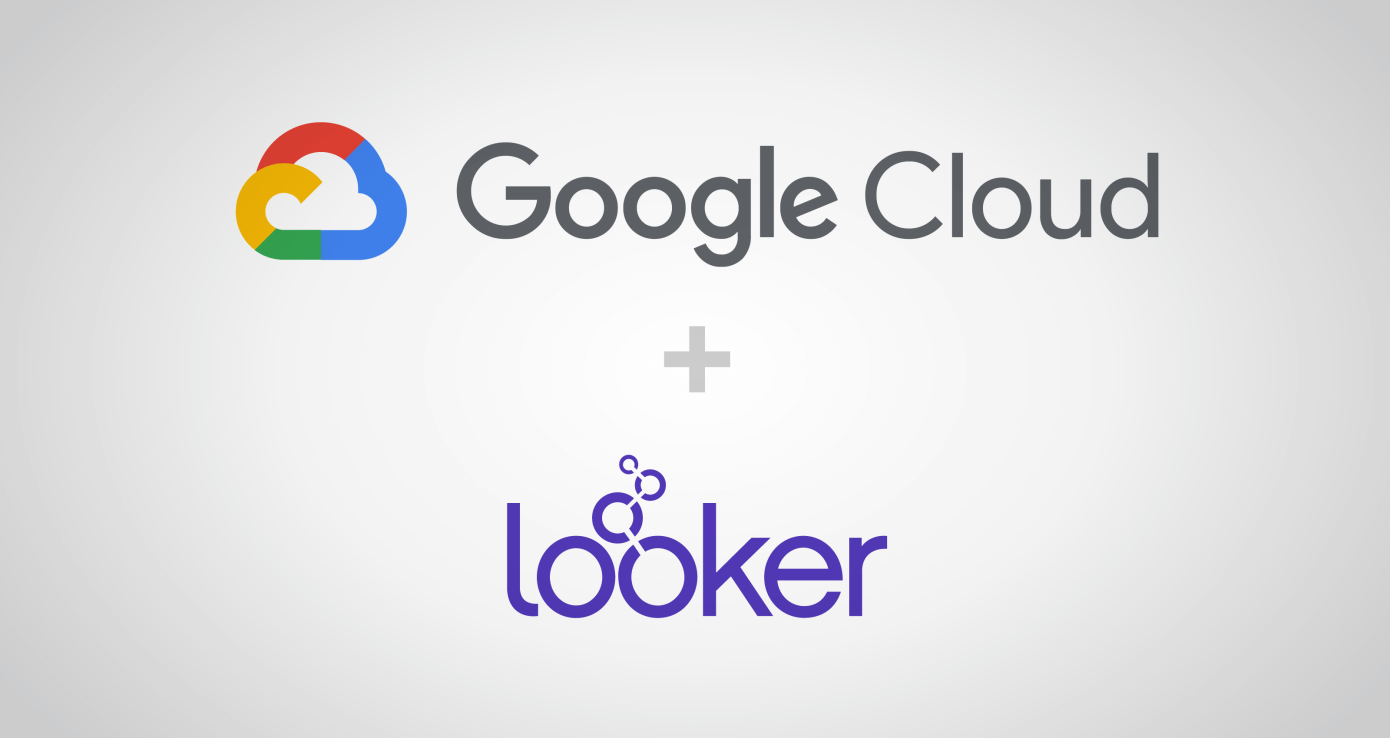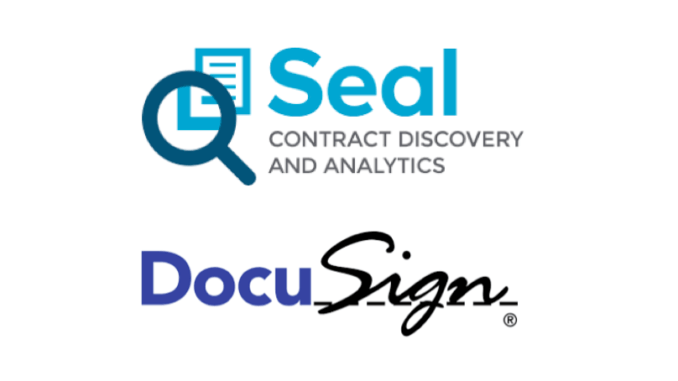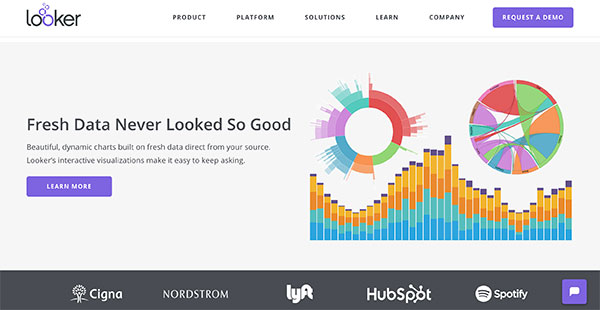Every manager and executive who's even a little bit aware of business intelligence wants to make their business more data-driven. To those that realize how powerful data analytics is, there are very few things more valuable than an effective business-wide data strategy.
The dream of data-driven business success is extremely compelling. Employees and decision makers at every level, in every team and department, using data to drive their day-to-day operations and business decisions. Users performing ad-hoc analytics on their own data to find novel business solutions, and using their BI tool in fresh and innovative ways.
In many ways, this dream isn't reality for even the most data-forward businesses. No matter how effective a business makes their data strategy, there will always be something that'll get in the way. However, that doesn't stop businesses from trying to reach a data utopia.
For businesses with less effective data strategies, it doesn't really matter if they can make it to the top or not. They just need a data strategy that works for them, so that they can actually get some benefit out of their BI tool.
There's a perception that just investing in a BI tool can lead businesses to data success. That's not always the case; in fact, it's not usually the case. Even after they've invested in their BI tool of choice and implemented it, businesses still often struggle with finding a data strategy that actually works.
Many businesses end up operating completely in this shadow zone, where they have a BI tool, but can't put together a useful data strategy to leverage that tool. Thankfully, there's a way out. There are all sorts of tips and tricks businesses can use to become more data-driven.
Even businesses that have a working data strategy can become even more data-driven. Every business that uses data can improve how it uses that data, even cutting-edge firms who have incorporated data science into every aspect of their operations.
There's one simple question on the minds of data analysts and decision makers everywhere - What's the best way to make a business more data-driven?
What's the best way to make a business more data-driven?
There's no one 'best' way to make a business more data-driven. What's a useful data strategy for one business might not work for another. In addition, not every strategy will have the same level of effectiveness for every business. The efficacy of a strategy will rely fairly heavily on the business's current data situation.
Some businesses already have a robust, self-service BI tool and employees that are well-trained on how to use it. Other businesses might have a good BI tool, but don't have the human resources necessary to make use of it. A few might not even have BI tools at all.
Still, there are a few different techniques that businesses can use to make their operations more data-driven. Some of these are simple strategies that any business can make use of, while others require more time, commitment, and resources. Businesses can use a combination of these strategies to achieve data success.
BI Access
One of the factors that can make the biggest difference in a business's BI strategy is improving access to the BI tool. Many businesses that invest in a BI tool don't get the value they're expecting out of it, because they aren't bringing it to enough people.
To be fair, limiting access to a BI tool is one of the most popular ways for a business to save on the cost of their tool. Most BI vendors sell their tool by user, meaning that businesses have to pay an additional cost for each user they want to add to their system. This leads to many businesses minimizing the amount of users they add.
This is a perfectly fine strategy, and it's generally not cost-effective for a business to buy a user license for every one of their employees. However, skimping out on licenses can cause its own issues.
Since user licenses are often so expensive, many companies instinctually only buy licenses for their senior managers and executives. This makes a lot of sense, since a BI tool is intended to help decision makers use data to drive insight. However, limiting a BI tool to just the people who can make maximal use of it isn't a strategy that can help a business to become more data-driven.
For one thing, senior managers and executives are often very busy, and don't generally have the time to do the clerical work that a BI tool needs. They may be the people who can make the most use of the products of a BI tool, but they generally aren't the people best suited to actually work within the tool.
In addition, focusing on a BI tool's ability to help make decisions can often lead to ignoring the other things it can do. In particular, a top-down access strategy like this ends up ignoring all the benefits a BI tool can have on day-to-day operations.
BI software is great for monitoring business operations, but if the BI software is only accessible to a handful of high-level staff, this benefit will go unrealized. High-level staff don't really make the sort of low-level, everyday decisions that a BI tool excels at providing.
If businesses want to limit their BI costs by limiting access, it's generally best to split access between high-level staff who make broad strategic decisions, and lower-level managers and employees who make less impactful operational decisions.
Often, it's just a fact of BI implementation that businesses will end up needing more user seats than they think they need. BI tools are only useful if decision makers at every level can access its insight, and blindly cutting user seats works against that. There's a balance between cost and access, and often, that balance lies on the side of buying more user seats.
Embedded analytics
There are other ways that businesses can increase access to analysis from their BI tool while minimizing the amount of user seats they need to purchase. Most tools allow users to export reports and visualizations, which can help users with access to bring data to those that don't have credentials.
The most effective way to increase access to a BI tool, though, is through embedded analytics. Embedded analytics allow users to embed analytics and visualizations on external web pages and through company-owned apps.
Embedded analytics allow businesses to avoid paying for expensive user credentials, and bring the power of their BI tool to anyone who wants to access it. This is extremely valuable for data-driven companies, since they can bring BI access to everyone while still minimizing their costs.
For instance, a business could embed an operational dashboard analyzing sales data within a company-managed webpage that any member of the sales team can access. This way, employees can track their sales operations without having user credentials.
Embedded analytics doesn't just improve access to the insight from a BI tool. It also lowers the difficulty of accessing BI data, so that users who already have credentials don't need to log in and out every time they want to access their dashboards.
Since users can embed dashboards right on pages that they access every day, they have a much easier time accessing the data that they want to access. The data analytics that a BI tool can provide can fit seamlessly into workflows that already exist, instead of making workers shift their workflows to accommodate.
These are just a few of the ways in which embedded analytics can help businesses to become more data-driven. Embedded analytics is quickly becoming one of the most popular kinds of BI implementations, since it helps businesses to extend their data strategy to wide swaths of their workforce while minimizing costs.
Training
The last piece of the data-driven puzzle is making sure that employees across the organization actually know how to extract insight from their BI solution. All the data strategies in the world won't help a business whose employees can't figure out how to make a graph or run a report in their BI tool.
Many BI tools advertise themselves as self-service, meaning that if everything goes correctly, users shouldn't need any sort of formal BI training or data experience to get some benefit out of their tool. Self-service tools can be valuable, but they're rarely as intuitive and effortless as they advertise.
Businesses can't expect their employees to start using their BI tool at a high level of proficiency as soon as it's been implemented. This is especially true if the business has an older or more tech-averse employee base. Even if their tool is self-service, they'll need at least some training on the basics of data analysis and visualization.
Sometimes, a BI vendor will offer training as part of their implementation packages. Other vendors offer virtual classes or self-guided knowledge bases. At some businesses, it's a good idea to do company-led training on the tool. Regardless, employees need to know how to use their tool to get any benefit out of it.
Basic features like data visualization and simple analytics don't take too much training to figure out, while more complicated things like data transformation and integrations need more knowledge to perform correctly.
Even after the tool has been implemented, and the employees who will be using it are comfortable using it, it's still a good idea to do periodic retraining to keep the knowledge fresh, make sure that everyone's still on the same page, and train on new features of the tool.
Proper training is one of the most important elements of building a data culture. Employees need to be comfortable with their tool, and know how to do things in it, so that they can do self-guided analytics like ad-hoc reporting. Training encourages employees to look at data in new ways and to use it to drive new insight.
Building a data-driven culture
Businesses don't become data-driven overnight. Just because a business has a BI tool, doesn't mean that it can effectively leverage that tool towards insight. There's no guarantee that its benefits will be felt company-wide, or that its benefits will be felt at all.
To effectively build a data-driven corporate culture, businesses need to take steps to involve their entire workforce with data analytics. Every worker, from frontline workers to the highest executives, should be using data to drive their decisions and monitor their operations.
However, implementing a business-wide data culture is hard, and expensive, and time-consuming, and businesses that want to be more data-driven need to balance the things they can do to make that happen with the realities of their situation.
The three things that businesses can do to balance a data culture with real-world costs is to extend user seats to mid and low-level managers and employees, invest in embedded analytics, and train their employees on how to correctly and effectively use their tool.
These strategies can help businesses to become more data-driven, by helping every employee to access and use their BI tool. This allows employees at every level to use data to drive their decisions.





































